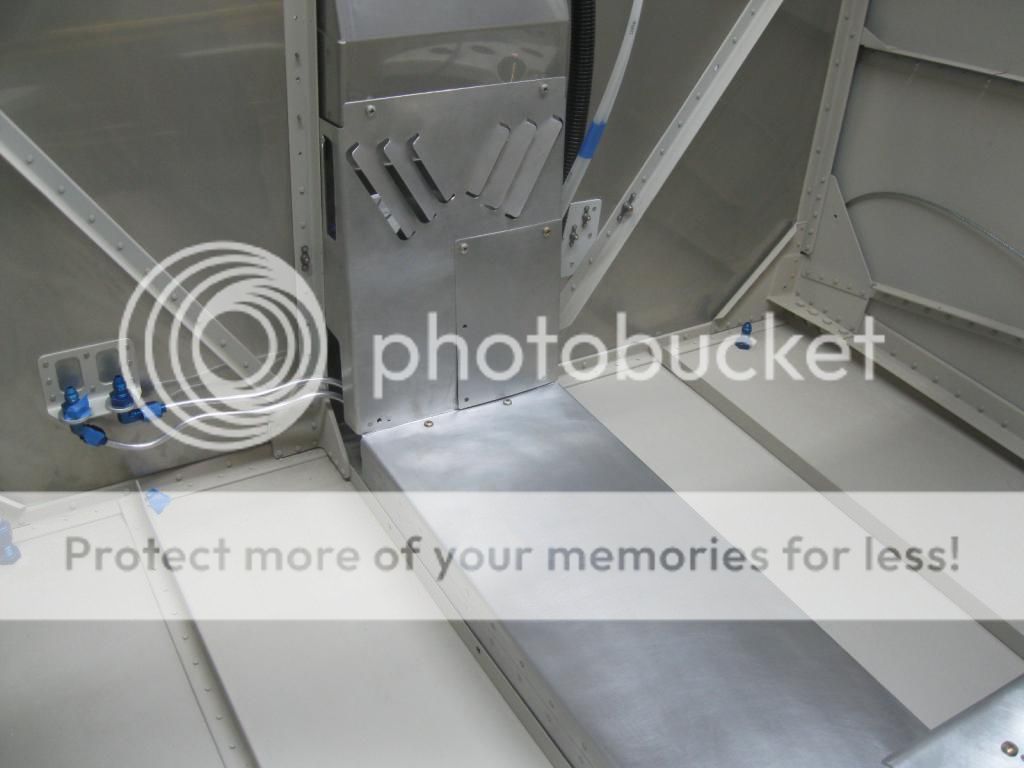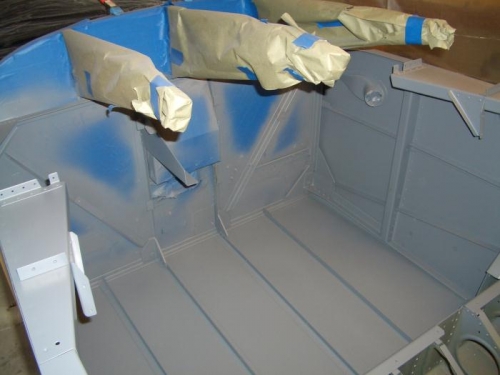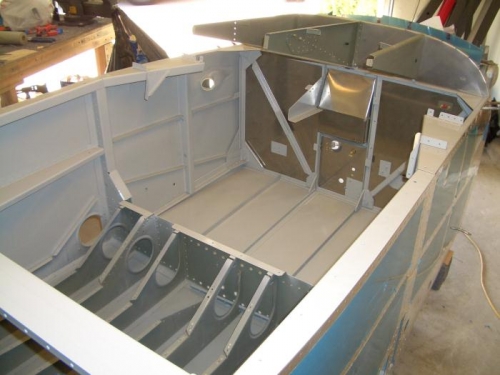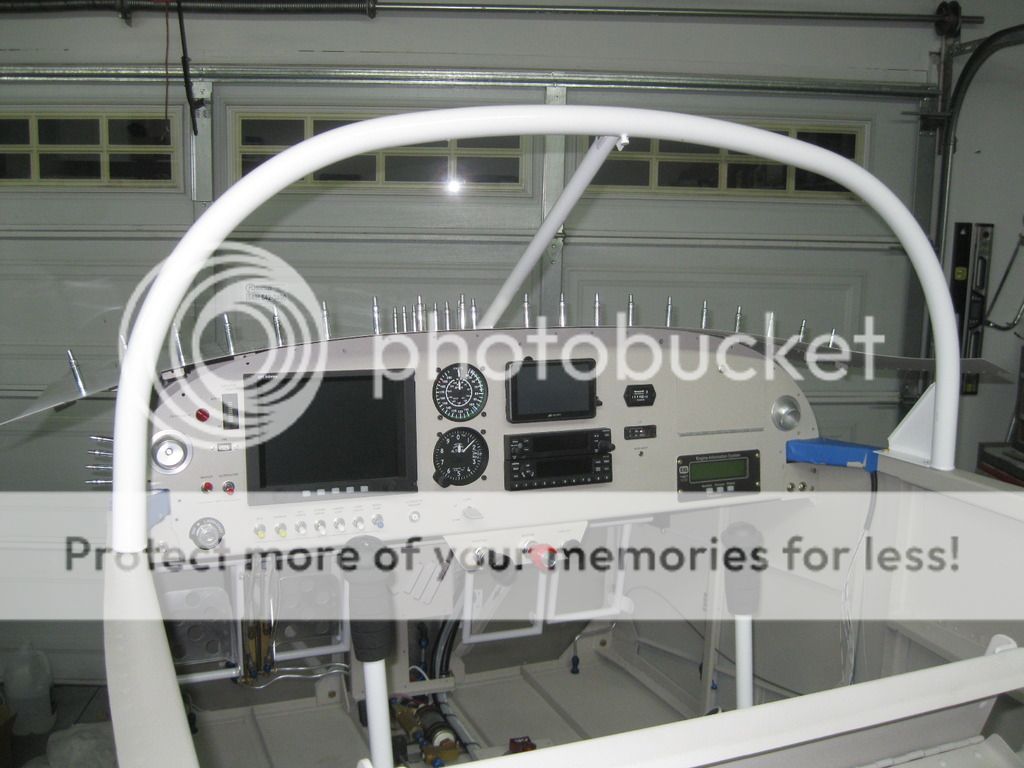rapid_ascent
Well Known Member
I don't want to get into a discussion of whether or not to paint the angles at all. That is a different topic. I'm still thinking about that one.
My question is can the firewall stiffeners even be seen when the interior is completed. I mean without standing on your head.
I'm curious what others did that did decide to paint the angles. Did you just prime or did you prime and topcoat with the interior paint?
My question is can the firewall stiffeners even be seen when the interior is completed. I mean without standing on your head.
I'm curious what others did that did decide to paint the angles. Did you just prime or did you prime and topcoat with the interior paint?









